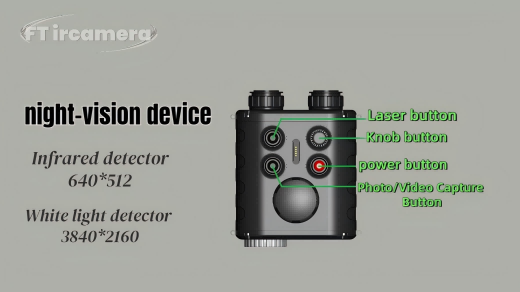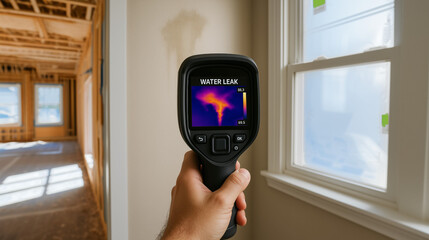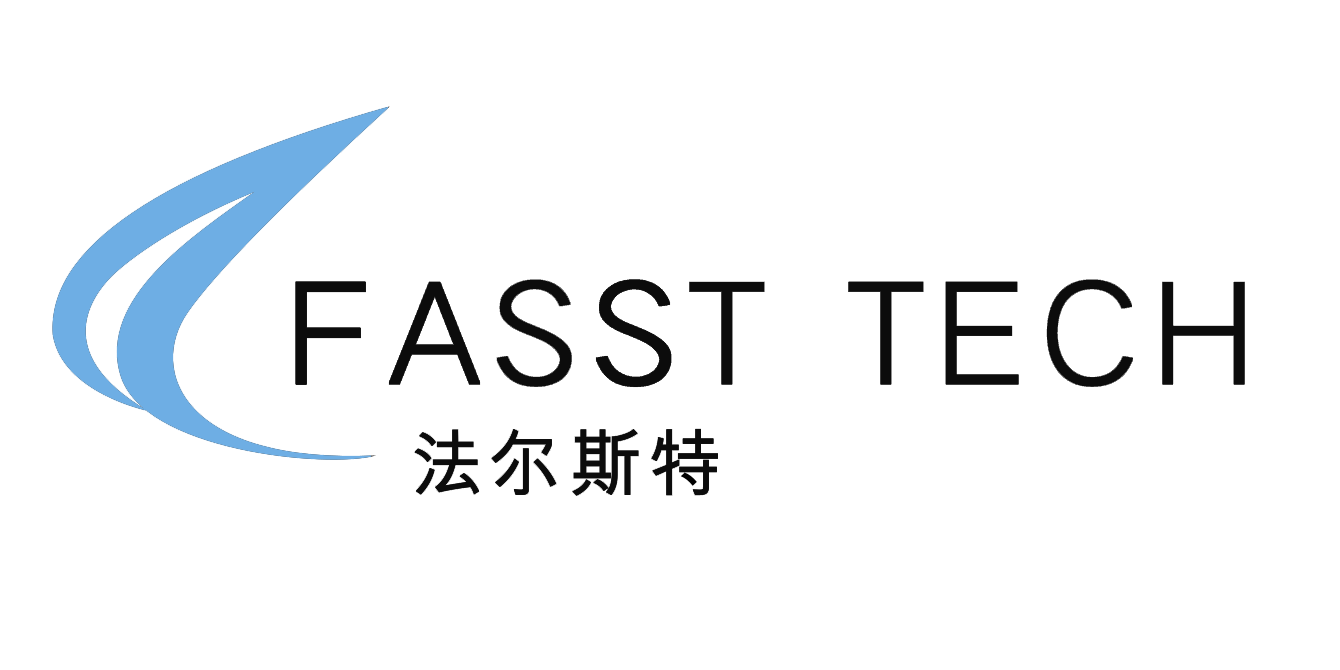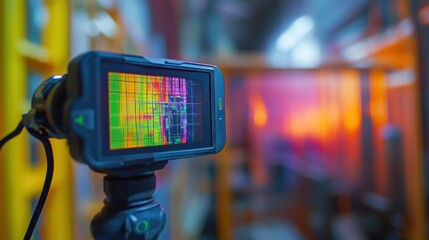IR & Thermal Imaging Systems Market Trends
Industrial Applications Hold Major Share
Industrial sectors are increasingly utilizing thermal imaging to maintain, inspect, and monitor equipment and processes. In manufacturing, energy, and construction industries, thermal cameras detect issues like overheating, energy loss, and equipment malfunctions, preventing costly repairs and downtime. This trend drives significant demand for thermal imaging systems in predictive maintenance and quality control as companies aim to enhance efficiency and safety while reducing operational risks.
According to UNECE, in 2023, Albania had the biggest construction industry relative to its GDP in Europe. The construction industry in the United Kingdom accounted for 6.2% of its GDP, which is equal to Germany's.
One of the main factors fueling the expansion of the industrial segment is the use of thermal imaging and infrared technologies in predictive maintenance. Thermal cameras are frequently utilized to find hotspots, leaks, and electrical problems in machinery and equipment before they cause failure. By being proactive, companies may cut down on scheduled downtime and save money on expensive repairs.
Thermal imaging systems are becoming more crucial in industrial quality control and process monitoring applications. Manufacturers use these systems to monitor temperature-sensitive processes, identify flaws, and guarantee product uniformity. This is especially important in sectors where exact temperature control is essential, like the processing of metals and polymers and the creation of electronic products.
Another significant use of infrared and thermal imaging devices in the industrial sector is energy auditing. Businesses are using thermal cameras more often to do energy audits in their buildings. These audits help detect areas of energy loss, such as inadequate insulation, leaks, and inefficient heating systems. Growing concerns about sustainability and energy efficiency, especially in heavy industries like cement, steel, and chemical production, are the driving force behind this movement.
Asia-Pacific to Register Major Growth
Several Chinese firms, such as InfiRay and Hikmicro, have continued to experience growth, propelled by strategies emphasizing volume, resulting in their expanding influence in both industrial and consumer markets. The thermal imaging sector in China has achieved a noteworthy milestone, capturing a substantial portion of global thermal imager shipments. The rising demand for this technology across diverse industries is anticipated to enhance the region's market presence.
IR and Thermal Imaging systems are significantly gaining popularity across industrial applications. The growing investments and increasing productivity are expected to increase the demand for this technology across the region's industrial sector. According to the World Economic Forum, China is intensifying its initiatives to enhance its manufacturing capabilities, as evidenced by a 10.9% increase in investments aimed at technological transformation within the manufacturing sector during the first seven months of 2024, maintaining a trend of double-digit growth.
Technological advancements have created microbolometers, which are anticipated to offer numerous growth prospects throughout the forecast period. The pandemic increased the demand for thermal imaging solutions in multiple sectors, such as transportation, manufacturing, and public safety in Japan. For example, airports in the Asia-Pacific region, including Japan, are utilizing thermal cameras to monitor travelers. This considerable uptake is projected to propel market growth in the region.
Thermal imaging cameras have been positioned prior to the security gates in both domestic terminals of the airport, where airline personnel are performing the assessments. As part of efforts to mitigate the transmission of Covid-19 from the capital, Japan initiated mandatory temperature screenings on Friday for all passengers departing on domestic flights at multiple airports. The extensive implementation of thermal imaging technology within the region's transportation sector is anticipated to enhance the market's prospects.
IR & Thermal Imaging Systems Market Competitive Landscape
The IR and thermal imaging systems market is semiconsolidated, with many regional and global players. The players, such as Teledyne FLIR LLC, L3Harris Technologies Inc., Lynred, Lockheed Martin, and BAE Systems PLC, are attempting to increase their market share through product innovation.
The degree of competition depends on various factors affecting the market, such as brand identity, powerful competitive strategy, and degree of transparency. The sustainable competitive advantage through innovation in the market studied is high, as the buyers in the market look for more efficient solutions to optimize the process.
Barriers to exit are high due to significant research and development investments, long-term contracts, and brand identity, making it difficult for firms to leave the market easily. Competitive strategies such as product differentiation, M&A, and strategic collaboration make competition fierce in the market studied.
The market consists of long-standing established players who have made significant investments to improve product technology. Some of the vendors include Teledyne FLIR LLC, L-3 Communications, BAE Systems, and others. For instance, in October 2023, Skydio released its X10 UAV, which features a customized Teledyne FLIR Boson+ thermal camera module. As a result of the collaboration, professional public safety and critical infrastructure inspection pilots can now easily access uncooled thermal imaging technology.
IR & Thermal Imaging Systems Market News
May 2024: Quanta Computer Inc., an advanced technology solutions provider for computing, consumer electronics, and smart automotive solutions, has partnered with Obsidian Sensors Inc. to produce high-resolution thermal imaging cameras for automobiles.
March 2024: Hikvision introduced a new line of thermal imaging solutions and brought budget-friendly, high-performance thermal cameras to dealers and end users across the US. These new cameras include features such as dual, a bi-spectrum lens, the ability to identify hidden objects, early detection and warning, accurate target focus, and cost-effective technology.
IR And Thermal Imaging Systems Industry Report
Statistics for the 2025 IR And Thermal Imaging Systems market share, size and revenue growth rate, created by Mordor Intelligence™ Industry Reports. IR And Thermal Imaging Systems analysis includes a market forecast outlook for 2025 to 2030 and historical overview.
 The Scramble for AI Computing Power
The Scramble for AI Computing Power
 looking infrared camera
looking infrared camera
 About the thermal imaging camera
About the thermal imaging camera


